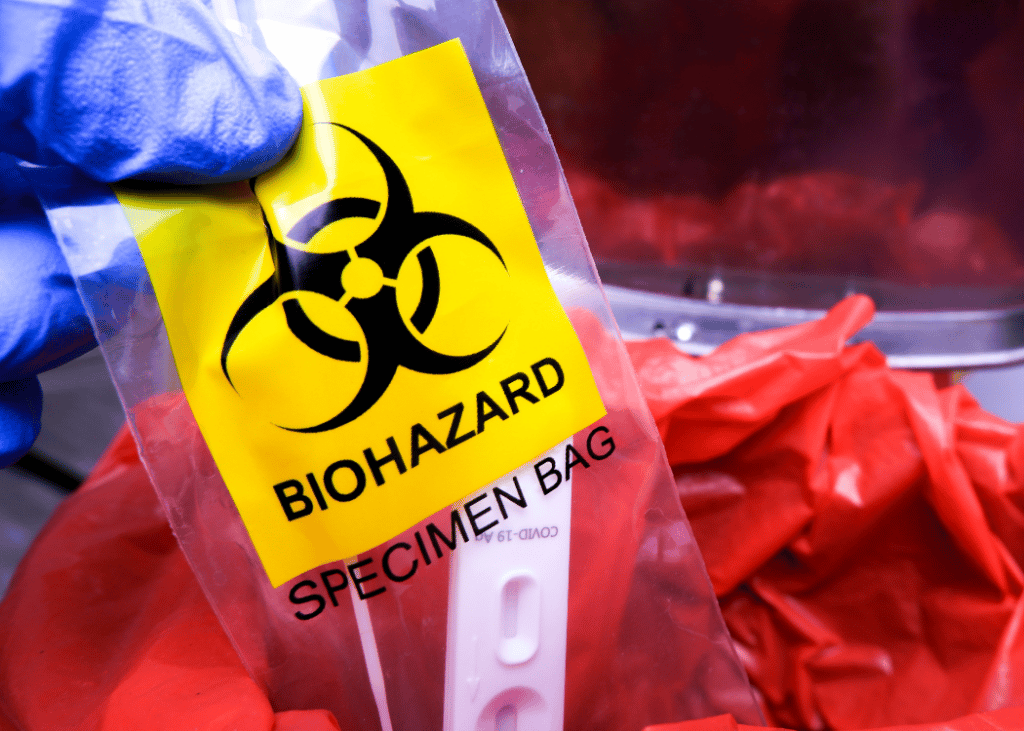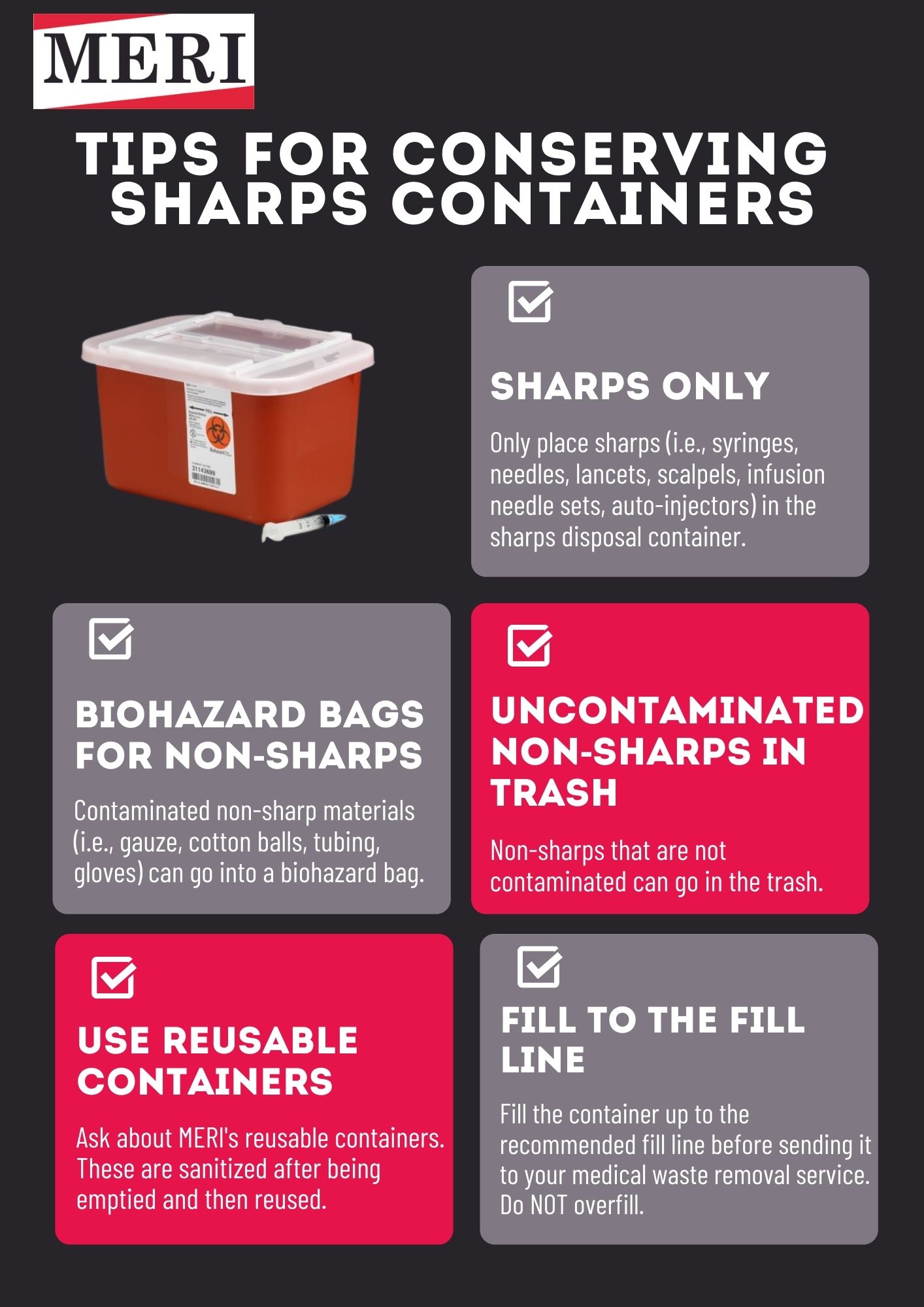Structured Solutions: Streamlining Health Care Procedures with Expert Medical Waste Disposal
Structured Solutions: Streamlining Health Care Procedures with Expert Medical Waste Disposal
Blog Article
Recognizing the Different Types of Waste Disposal Methods
In the realm of waste management, the range of disposal techniques offered today is vast and varied, each approach serving a distinctive purpose in dealing with the obstacle of waste disposal. click here. From reusing methods that intend to give new life to materials, to the complex processes of contaminated materials administration, the landscape of waste disposal is complicated yet vital for ecological sustainability. Recognizing the subtleties of these various techniques not only clarifies the importance of responsible waste monitoring yet likewise triggers us to reassess our strategy in the direction of waste disposal in a quickly progressing globe
Recycling Methods
Recycling approaches are crucial for lasting waste administration methods in both household and industrial settings. medical waste removal service. By implementing reliable recycling techniques, a significant quantity of waste can be diverted from land fills, saving natural deposits and decreasing the environmental effect of manufacturing procedures
In suburbs, curbside recycling programs play a crucial role in encouraging households to separate recyclable products from basic waste. Materials such as paper, plastics, glass, and steels can be arranged and collected for handling right into brand-new items, reducing the need for raw materials and energy-intensive manufacturing procedures.
Industrial centers also depend on reusing methods to decrease waste generation and advertise a round economic climate. By applying closed-loop systems, organizations can reuse products within their production processes, decreasing prices and environmental footprint. medical waste disposal. In addition, commercial recycling programs frequently include partnerships with specialized recycling facilities to make sure that materials are properly arranged, refined, and reintegrated into the supply chain
Composting Techniques

Aerated fixed pile composting includes mixing natural waste materials in a big pile and routinely transforming it to make sure proper aeration. This strategy is appropriate for smaller-scale procedures and families.
In-vessel composting involves positioning organic waste in a shut container with controlled problems for temperature and aeration. This approach works for taking care of food waste in urban locations. Last but not least, windrow composting includes creating long rows of organic waste and on a regular basis transforming them to promote disintegration. This method is generally used in agricultural setups.
Landfill Disposal
Land fill disposal is a frequently utilized technique for managing waste that can not be recycled or composted. It entails burying waste in assigned locations of land, with appropriate preventative measures to avoid ecological contamination. Landfills are engineered centers designed to isolate waste from the surrounding setting. The waste is compacted and covered with soil day-to-day to reduce odors, hinder pests, and lessen the spread of clutter. Modern landfills are furnished with safety liners and checking systems to avoid leak of hazardous compounds right into the soil and groundwater. Methane gas, a by-product of decaying organic waste in landfills, is typically accumulated and made use of as a resource of renewable energy. In spite of advancements in landfill innovation, concerns remain about the lasting ecological impacts, such as groundwater contamination and greenhouse gas discharges. Efforts to reduce reliance on landfills consist of advertising waste reduction, recycling, and checking out different garbage disposal approaches to decrease the ecological impact linked with traditional landfill disposal practices.

Waste-to-Energy Incineration
Incineration of waste for power generation is an approach progressively being considered as an option to typical landfill disposal strategies. Waste-to-energy incineration includes the combustion of waste products at high temperature levels, normally in specialized centers developed to produce electricity or warm via the procedure - click here. This method not just decreases the quantity of waste that would otherwise be predestined for landfills however also takes advantage of the warmth produced throughout incineration to develop energy
Among the essential benefits of waste-to-energy incineration is its capacity to generate electrical power while decreasing the environmental impact contrasted to standard landfill disposal methods. By converting waste right into power, this approach helps in minimizing greenhouse gas exhausts and dependence on fossil fuels for energy generation. Furthermore, waste-to-energy centers are equipped with advanced air pollution control innovations to alleviate possible toxic wastes released during the combustion process.
Hazardous Waste Administration

Taking into consideration the critical importance of responsible waste management practices, particularly in the realm of ecological sustainability, the emphasis currently shifts in the direction of the elaborate domain name of Contaminated materials Administration. Contaminated materials poses significant risks to both human health and wellness and the setting, necessitating specific handling and disposal strategies. Usual examples of harmful waste include chemicals, batteries, pesticides, and electronic waste.
Hazardous Waste Monitoring entails the identification, collection, transportation, therapy, and disposal of products regarded possibly harmful or hazardous. This procedure needs adherence to strict laws and guidelines to mitigate damaging influence on communities and public health. Numerous techniques are used in handling hazardous waste, consisting of recycling, protected land fills, encapsulation, and chemical treatment.
Correct Harmful Waste Management is vital for avoiding contamination of dirt, water sources, and air contamination. It is vital for sectors, labs, medical care facilities, and various other generators of contaminated materials to apply robust administration techniques, training programs, and emergency action plans to guarantee the secure handling and disposal of these materials. Failure to take care of contaminated materials properly can have far-ranging consequences, highlighting the relevance of persistent and accountable methods in this area.
Verdict
Finally, waste disposal methods play a crucial role in managing and lessening the influence of waste on the setting. From reusing and composting to landfill disposal and waste-to-energy incineration, each method has its own benefits and restrictions. Correct monitoring of hazardous waste is also important to secure public wellness and the setting. It is necessary for individuals and industries to comprehend the different waste disposal techniques offered and select the most proper technique for lasting waste administration.
In the realm of waste management, the array of disposal techniques offered today is vast and differed, each method offering a distinct purpose in attending to the challenge of waste disposal. click here. From recycling methods that aim to give brand-new life to products, to the complex processes of hazardous waste management, the landscape of waste disposal is intricate yet critical for ecological sustainability. Comprehending the nuances of these various methods not only loses light on the relevance of accountable waste management yet additionally triggers us to rethink our approach in the direction of waste disposal in a quickly you can check here evolving globe
Efforts to decrease dependence on landfills consist of promoting waste decrease, recycling, and exploring different waste disposal methods to minimize the ecological footprint linked with conventional landfill disposal methods.
It is important for sectors and individuals to recognize the different waste disposal strategies offered and choose the most proper method for sustainable waste monitoring.
Report this page